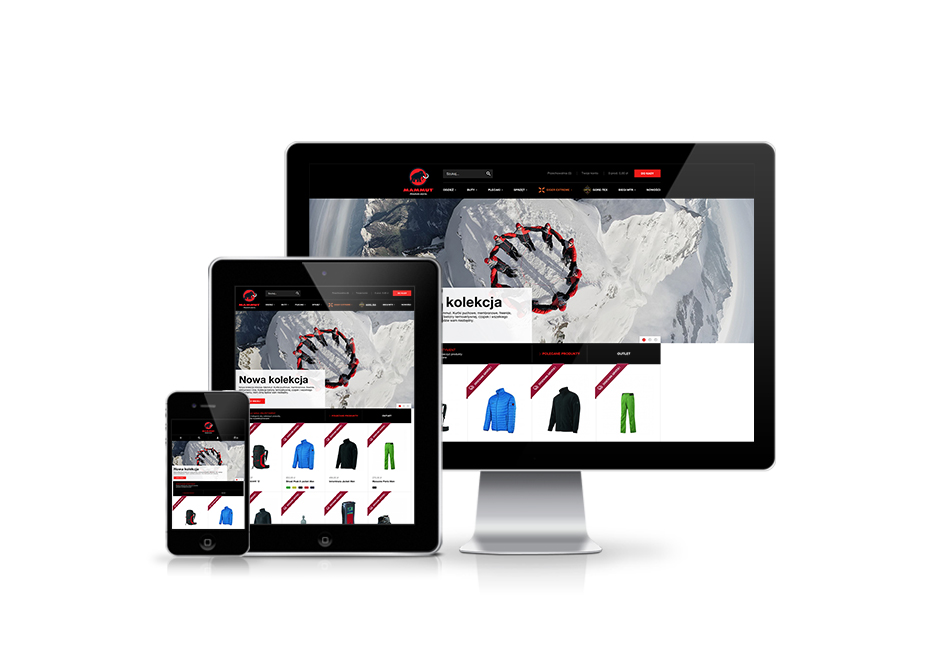Multi-channel sales, omnichannel, online and offline synergy, omnichannel retailing, sales channel integration… I have heard multiple synonyms for the new phenomenon in the eCommerce sector. What is more, the new ones will still be created to describe the omnichannel assumptions in a more or less precise way. All of them can be reduced to the following assumption: improved sales by using various channels to reach the target customer. What should, however, be considered when preparing eCommerce to make use of the entire omnichannel potential?
Creating coherent pricing policy
Adoption of one, coherent and implemented pricing policy can ensure success to brands in the field of combining brick-and-mortar and electronic sales. Most frequently, the coherent pricing policy means identical prices in all sales channels although there are exceptions to this rule in the form of e.g. local promotions in the brick-and-mortar outlets or discounts awarded for online shopping. Such solutions should, however, stem from strategic decisions concerning the co-existence of both channels. From the customer’s perspective, what counts is the coherent marketing information. Deciding to open the omnichannel issue, we must develop both forms of sales at the same time.
Creation of advanced Brick2Click processes
Brick2Click processes are aimed at completely two-directional sales and customer service in every channel. This is to enable the customer to: buy online and return the goods offline, buy and return online (by filling in a website form) or buy offline and return the goods online. Brick2Click processes can be further expanded with the online reservation system of goods with the option to check them (e.g. try on when it comes to clothes) in a brick-and-mortar store and pay. The above-mentioned pro-consumer solutions are a challenge for the logistics, software and marketing. We must also not forget about the shop assistants in the brick-and-mortar stores. It is them who will handle part of the transactions every day.
Offering the Device2Web sales opportunity
The number of mobile devices connected to the Internet which can be used to do shopping online is growing. And it will keep growing. The most important and popular include smartphones, tablets, TVs and web kiosks. An interesting fact is that the latter devices are more and more frequent in the shopping centres which are still afraid to sell online. Omnichannel assumptions force to adjust the contents for each device both with respect to the offer presentation quality and to the optimization of technical aspects and the website loading speed. At present, all the standards in this respect focus on e-shop creation in the responsive web design. RWD offers most benefits and enables to improve mobile shopping conversion by as much as 20%. Here it should be added that Google is more and more friendly towards the responsive web design websites.
Expanding the reach of product presentation via eAve2Web solutions
The omnichannel notion entails use of other sales channels besides the own ones. To increase the number of contact points with the target customers, it is also worth using external channels, such as price comparison engines, auctioning portals, vortals etc. Integrating sales with external channels we must pay special attention to automating all processes. Otherwise, their operation will be very labour intensive.
Creating a single sales management centre from many channels
For the manufacturers and brands selling solely their own products, the site where the customer buys products is frequently of minor importance. Regardless of whether the transaction takes place in the e-shop or in the brick-and-mortar one, it will always be handled by the same system. This is why it is worth creating one place to manage the entire sales which will be adapted to the corporate strategy. In that place all processes with additional integrations must be specified.
Omnichannel is not the future – it is the present time
“Online Shopping in the Fourth Quarter and in 2014” is the report published by the Statistical Office in South Korea which should be a favourite bedtime reading of anyone connected with eCommerce. The reason is very meaningful and important. Namely, for the first time in the market research history (not only for the South Korea) we can see a higher sales value for the online than for the offline channel. It was 46.9 billion wons spent for online shopping when compared to 46.64 billion wons spent offline. eCommerce has reached another breakthrough point in its history. Ominichannel solutions which are of key importance for generating improved sales results have contributed significantly thereto.
 Polski
Polski  Deutsch
Deutsch 


